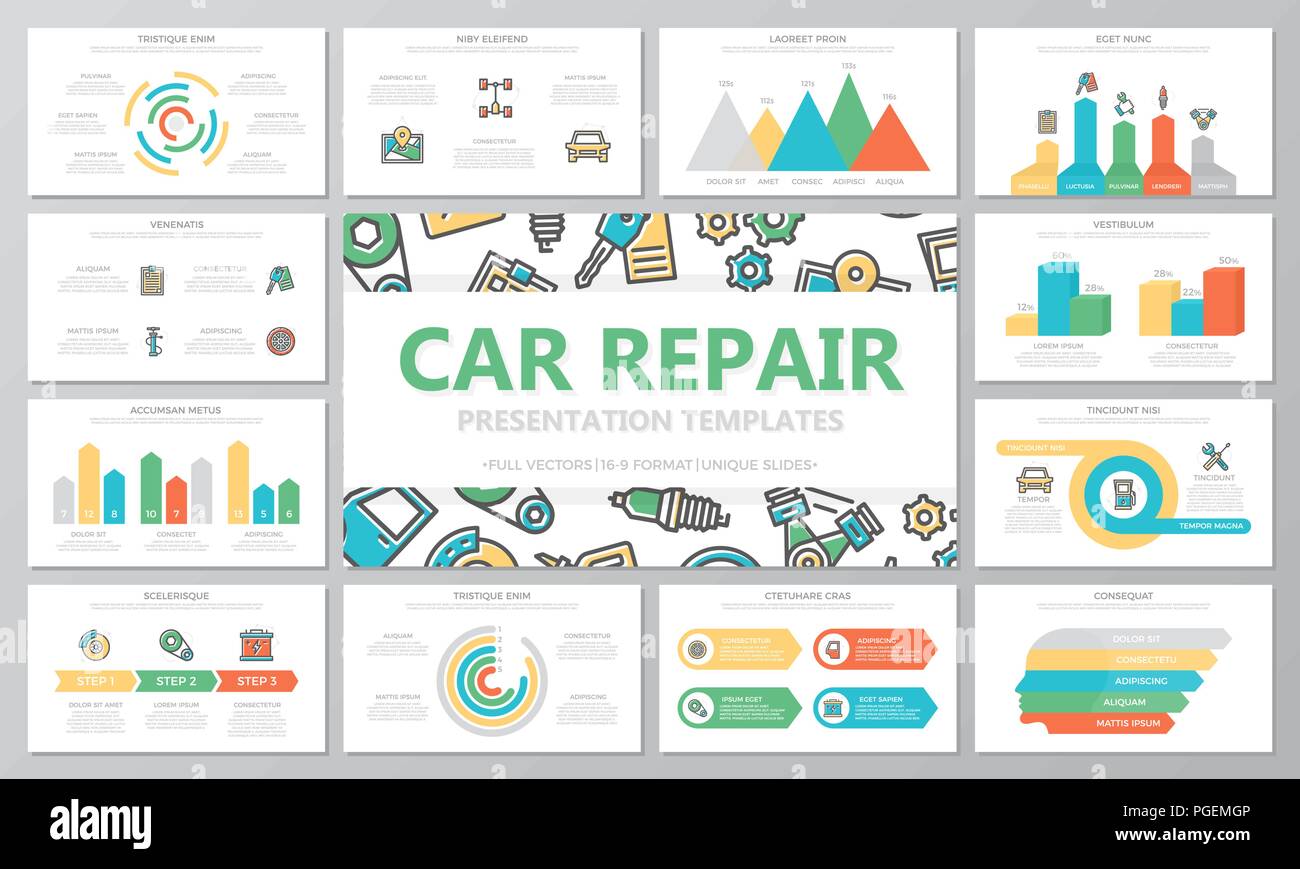Comprehending The Definition Behind Your Automobile'S Caution Lighting: An Extensive Look
Comprehending The Definition Behind Your Automobile'S Caution Lighting: An Extensive Look
Blog Article
Authored By-Sykes Stark
When you lag the wheel, those glowing caution lights on your control panel can be a bit difficult. Do you know what they're trying to tell you regarding your cars and truck's wellness? Recognizing the value of these lights is important for your safety and security and the durability of your car. So, the following time among those lights pops up, would not you wish to understand its message properly and take the necessary steps to resolve it?
Common Warning Lighting and Interpretations
Recognize typical caution lights in your auto and comprehend their definitions to ensure safe driving.
One of the most regular warning lights include the check engine light, which signals concerns with the engine or emissions system. If this light comes on, it's essential to have your vehicle examined immediately.
The oil pressure cautioning light indicates reduced oil stress, calling for instant focus to stop engine damage.
A blinking battery light might suggest a defective charging system, potentially leaving you stranded otherwise addressed.
The tire stress tracking system (TPMS) light informs you to low tire stress, affecting lorry stability and fuel performance. Neglecting this could bring about dangerous driving conditions.
The abdominal muscle light indicates an issue with the anti-lock braking system, compromising your ability to quit rapidly in emergencies.
Finally, the coolant temperature level advising light warns of engine getting too hot, which can result in extreme damage otherwise dealt with promptly.
Understanding these common caution lights will certainly assist you resolve problems quickly and maintain risk-free driving conditions.
Significance of Prompt Focus
Recognizing the usual caution lights in your vehicle is just the initial step; the significance of quickly resolving these warnings can't be highlighted enough to guarantee your safety when traveling.
When a caution light illuminates on your dashboard, it's your car's means of communicating a prospective concern that needs interest. Disregarding these warnings can cause a lot more serious issues down the road, jeopardizing your security and potentially costing you a lot more out of commission.
https://brakefluidprice17384.frewwebs.com/31800356/discover-the-intricacies-of-expert-auto-detailing-improved-by-the-unique-understandings-of-an-experienced-specialist to advising lights can avoid failures and mishaps. As an example, a blinking check engine light can indicate a misfire that, if left unattended, might cause damage to the catalytic converter. Resolving this without delay can conserve you from an expensive repair work.
Likewise, a brake system alerting light may signal reduced brake liquid or worn brake pads, critical elements for your security when driving.
Do It Yourself Troubleshooting Tips
If you notice a warning light on your control panel, there are a few DIY fixing tips you can try before seeking professional assistance.
The initial step is to consult your auto's guidebook to comprehend what the specific warning light shows. Occasionally the concern can be as simple as a loosened gas cap activating the check engine light. Tightening the gas cap may resolve the issue.
One more usual issue is a low battery, which can activate numerous cautioning lights. Examining the battery connections for rust and ensuring they're secure could deal with the issue.
If a warning light persists, you can attempt resetting it by separating the automobile's battery for a few mins and afterwards reconnecting it. Furthermore, checking your car's fluid degrees, such as oil, coolant, and brake liquid, can assist fix alerting lights associated with these systems.
Final thought
In conclusion, recognizing your vehicle's caution lights is important for keeping your car running efficiently and securely. By without car wash specialist addressing these informs and understanding what they indicate, you can avoid costly fixings and possible breakdowns.
Bear in mind to consult your auto's handbook for certain details on each warning light and do something about it as necessary to make sure a trouble-free driving experience.
Keep notified, stay risk-free when driving!
